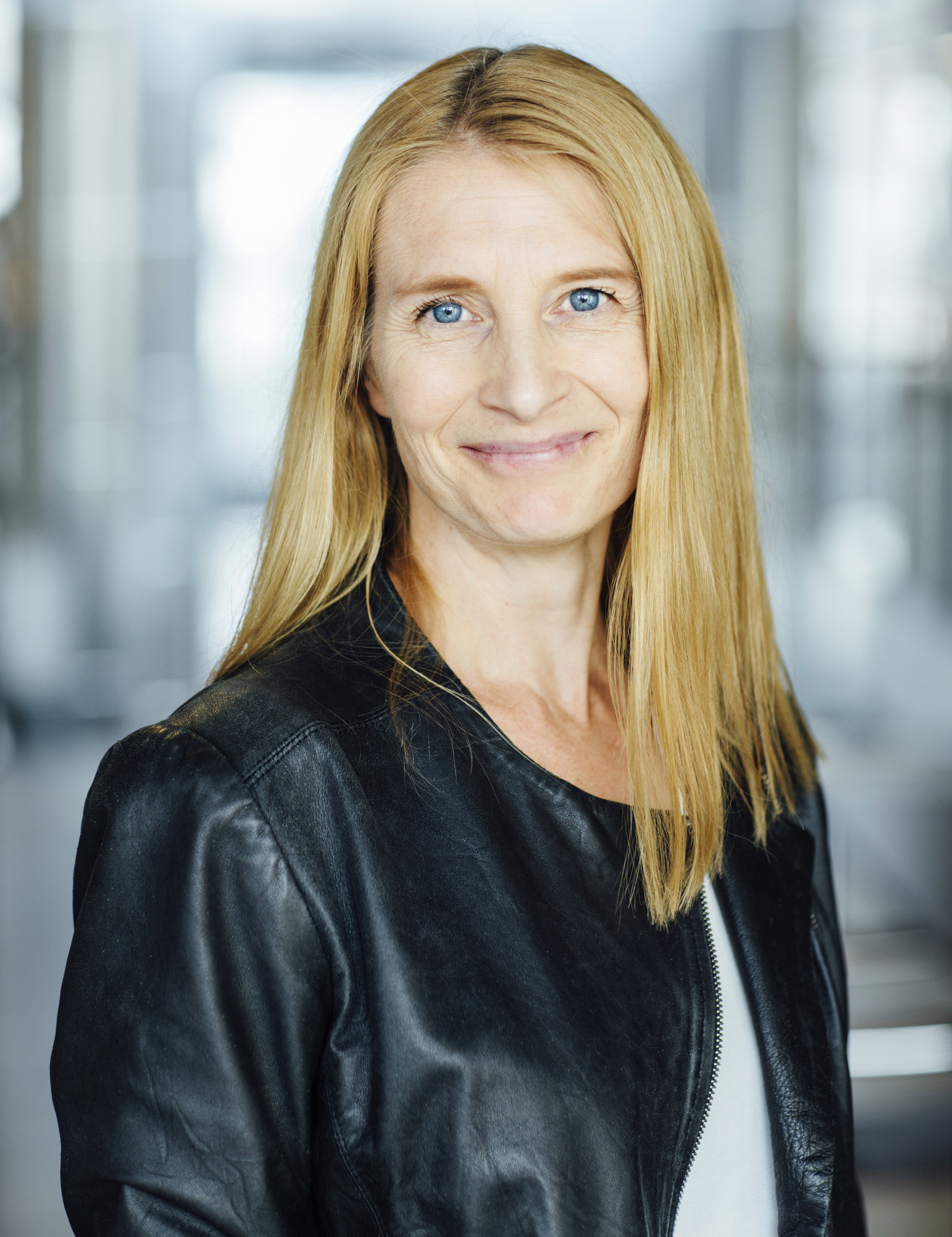Welcome to: Professor Janna Saarela
Professor Janna Saarela officially started as Director of NCMM in January 2019. She joins NCMM from the Nordic EMBL's Finnish partner, FIMM. Here she shares some insight into her research, and her vision for the future of NCMM.

Could you describe your research in a nutshell?
The aim of my research is to improve our understanding of the disease pathogenesis and mechanisms of human immune disorders. I also work to learn more about normal immune functions and their regulation, which helps for a better diagnosis and treatment for patients suffering from immune diseases.
What has been the highlight of your career so far?
It’s hard to pick just one, but every identification of a new immune disease gene, and understanding the function of the gene defect and learning more about how the immune system works, is definitely a highlight. And it’s even better if, at the same time, you can actually define a diagnosis to a patient and - in a best-case scenario - can help with identifying an effective treatment for them.
What are you hoping to achieve as Director of NCMM, and what is your vision for the Centre?
I hope to strengthen collaboration opportunities with hospitals and other local stakeholders within Oslo and Norway. I also hope to develop and promote NCMM towards becoming a major player on the world-wide map of molecular medicine and also build its profile as a centre that has a translational mindset and a team-oriented working culture.
It’s exciting for NCMM to have a director who has come from another Nordic EMBL node. Do you see FIMM and NCMM working more closely together in the future?
Yes, certainly. I think there are several great opportunities where we could work more closely together and collaborate on in the future, particularly when it comes to precision and systems medicine, as well as in genetics.
How do you plan to work together with the other Nordic EMBL Partnership Directors, both in terms of NCMM and in terms of the wider Nordic EMBL Partnership?
In November 2018 all of the Nordic EMBL Partnership directors met in Heidelberg, and we had some great and concrete discussions about ways that we could increase collaboration between the nodes and with EMBL. I hope that we will be able to work more closely together in the future.
Do you have any plans for how we can encourage more research collaborations and researcher visits between the nodes?
When we met, we discussed potential external funding options to help facilitate joint projects and to allow for joint postdocs and PhD students across the nodes.
What does the partnership/association with the EMBL mean for you, and how do you think NCMM could benefit further from this link?
The partnership and links with the EMBL provide NCMM additional international visibility, which can be extended on a national level to also benefit other Norwegian universities. Following the EMBL model for recruiting young group leaders, which is based on scientific excellence, enables NCMM to attract international talent. This also gives them an even greater opportunity to develop as group leaders and scientists with a secured funding package and to integrate within the research environment. This provides them with future career opportunities, whilst at the same time providing brain-gain to national research and society.
What are you most looking forward to about living in Norway?
I’m a real nature and outdoor activity fan, so I’m really looking forward to admiring the awesome Norwegian nature and exploring some of Norway’s downhill skiing opportunities.